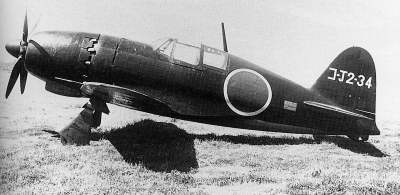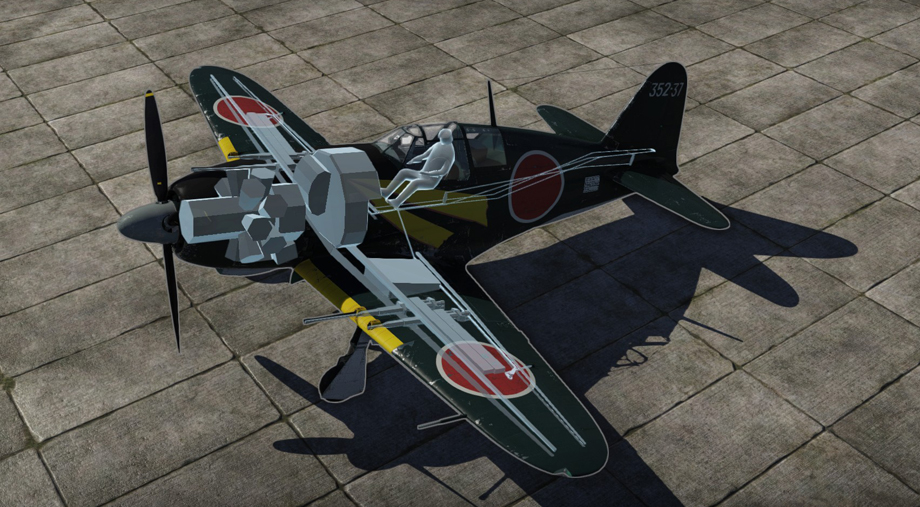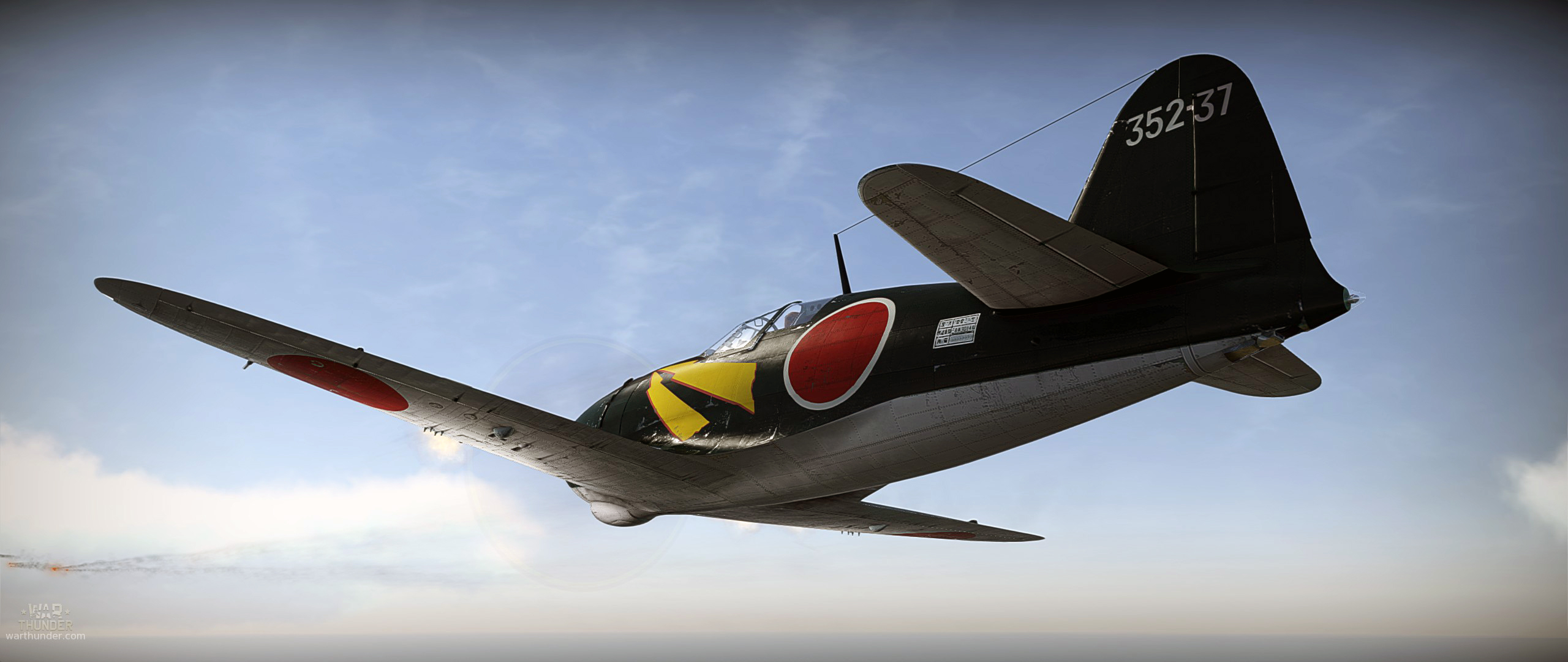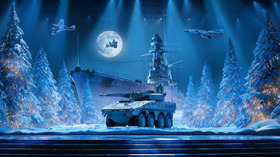
- Для PC
- Для Mac
- Для Linux
- ОС: Windows 10 (64 bit)
- Процессор: Dual-Core 2.2 GHz
- Оперативная память: 4 ГБ
- Видеокарта с поддержкой DirectX версии 11: AMD Radeon 77XX / NVIDIA GeForce GTX 660. Минимальное поддерживаемое разрешение – 720p.
- Сеть: Широкополосное подключение к Интернету
- Место на жестком диске: 22.1 Гб
- ОС: Windows 10/11 (64bit)
- Процессор: Intel Core i5 или Ryzen 5 3600 и выше
- Оперативная память: 16 ГБ
- Видеокарта с поддержкой DirectX 11 и выше: Nvidia GeForce 1060 и выше, Radeon RX 570 и выше
- Сеть: Широкополосное подключение к Интернету
- Место на жестком диске: 62.2 Гб
- Операционная система: Mac OS Big Sur 11.0
- Процессор: Core i5, минимум 2.2GHz (Intel Xeon не поддерживается)
- Оперативная память: 6 Гб
- Видеокарта: Intel Iris Pro 5200 (Mac) или аналогичная видеокарта AMD/Nvidia для Mac (минимальное поддерживаемое разрешение – 720p) с поддержкой Metal
- Место на жестком диске: 22.1 Гб
- Операционная система: Mac OS Big Sur 11.0
- Процессор: Intel Core i7 (Intel Xeon не поддерживается)
- Оперативная память: 8 Гб
- Видеокарта: Radeon Vega II и выше с поддержкой Metal
- Место на жестком диске: 62.2 Гб
- Операционная система: Современные дистрибутивы Linux 64bit
- Процессор: Dual-Core 2.4 ГГц
- Оперативная память: 4 Гб
- Видеокарта: NVIDIA GeForce 660 со свежими проприетарными драйверами (не старее 6 месяцев) / соответствующая серия AMD Radeon со свежими проприетарными драйверами (не старее 6 месяцев, минимальное поддерживаемое разрешение - 720p) с поддержкой Vulkan
- Место на жестком диске: 22.1 Гб
- Операционная система: Ubuntu 20.04 64bit
- Процессор: Intel Core i7
- Оперативная память: 16 Гб
- Видеокарта: NVIDIA GeForce 1060 со свежими проприетарными драйверами (не старее 6 месяцев) / Radeon RX 570 со свежими проприетарными драйверами (не старее 6 месяцев) с поддержкой Vulkan
- Место на жестком диске: 62.2 Гб
J2M3 Raiden, 352-37, 352 Flying Group, Japan, Kanoya AB, April 1945 camouflage by Ayy_Lmao | download here
History:
In September 1939, the Imperial Japanese Navy Air Service (IJNAS) command issued specification 14-Shi, requesting development of a new land-based interceptor aircraft, which would have good climb rate, good speed characteristics and would carry heavy armament to intercept and destroy enemy bombers - in Japan, it was quite a revolutionary requirement, as the new fighter would be designed for performance and firepower, instead of long range and agility, as was common at that time.
 |
| Mitsubishi J2M |
It was the Mitsubishi company, who answered this specification, and a new project was started under designation M-20. The prototype was built as an all-metal low-wing monoplane, powered by a Mitsubishi MK4C-A Kasei 13 air cooled radial engine with a power output of 1430 horsepower. Designers were trying to improve visibility over the bulk of the engine by using a tight cowling, so to prevent overheating, a ventilator was installed on propeller shaft, located behind the spinner which forced cooling air into the engine - this was the same system as on German BMW 801 radials. A wing with a laminar profile was used, equipped with Fowler-type flaps to improve maneuverability and stall characteristics. Armament of the prototype consisted of two 20mm Type 99 Mk.1 Model 3 wing-mounted cannons and two 7.7 mm Type 97 machine guns in engine cowling. First flight occurred on 20th March, 1942 and immediately uncovered some design flaws - namely engine overheating, bad visibility from cockpit, an unreliable mechanism for propeller pitch and engine vibration. Nevertheless, the first three prototypes were accepted into service under designation J2M1 Raiden (“Thunderbolt”). It was soon followed by a J2M2 variant with a more powerful engine and many structural improvements over the original J2M1.
The most numerous variant and the main topic of this article was however the J2M3 variant. This version was powered by a Mitsubishi MK4R-A Kasei 23 radial engine mounted in an improved cowling. This powerplant was equipped with a water-methanol mixture injection system and had take-off power output of 1820 horsepower, propelling four-bladed propeller. The cockpit canopy was reworked, with a new windshield made from armoured glass being installed and other changes for improved visibility were incorporated. The armament was changed to four cannons - Type 99 Mk.1 cannons in inboard pair and Type 99 Mk.2 cannons with lower rate of fire in outboard pair. For fighter-bomber missions, a Raiden could carry two 60 kg bombs on underwing racks (these could carry one pair of 200 l drop tanks as well). Its maximum speed was 655 km/h at an altitude of 5304 meters, time to reach 6096 meters was 5 minutes, 36 seconds.
The first operational Raidens reached units at the end of 1943, with the first combat occurring in March 1944 over the Philippine Sea. Raidens were then often used in defence of Japanese home islands. In the hands of a skilled pilot, it proved itself as an effective interceptor, able to pose a threat not only for B-24 Liberator bombers, but against the faster and more advanced B-29 Superfortress as well. Albeit not designed as a dogfighter, it could also hold its own against American fighters, such as P-47, P-51, F4U or F6F, by using “boom-and-zoom” and energy fight tactics, utilizing its good rate of climb and heavy firepower. Lack of turbocharger however limited Raiden’s high altitude performance, and at the end of war, Raidens were also plagued by low manufacturing quality and shortages of fuel and spare parts.
Only a low number of J2M3’s were built - 281 aircraft (counting 21 planes of J2M3a-21 Ko version with four Type 99 Mk.2 cannons). Some of them were captured by US forces, and tested by American pilots. The Raiden was regarded positively by them - especially praising its cooling system.
In War Thunder:
 |
| X-ray view of J2M3 in War Thunder |
In War Thunder, the Mitsubishi J2M3 Raiden is a Japanese rank IV fighter with BR 5.0 both in Arcade and Realistic Battles, and it’s currently located in Japanese tech tree as a successor to Kawanishi N1K2-J fighter line-up. As its real-life counterpart, it is armed with two 20mm Type 99 Mk.1 cannons (190 rounds per gun, inboard pair) and two 20mm Type 99 Mk.2 cannons (210 rounds per gun, outboard pair), with total supply of 800 cannon rounds. Additionally, you can unlock underwing bomb racks, able to carry one pair of 60 kg bombs.
Performance-wise, Raiden’s top speed at altitude of 5350 meters is 635 kph (657 kph on WEP), while at sea level, top speed is 551km/h (571 kph on WEP), Break-up speed is 800 kph. Time to climb to 3000 m of altitude is 161 seconds (135 seconds with WEP), and both horizontal and vertical turns are completed in 20 seconds at the speed of 535 kph and full throttle.
Regarding playstyle, Raiden is a pure Boom-and-Zoom fighter – a unique trait in the Japanese tech tree. In fact, if you are veteran Focke-Wulf Fw 190 pilot, you will feel like home in Raiden. Contrary to its German counterpart, the Raiden is however a much better climber - fully upgraded and with WEP, you can easily outclimb most of your opposition at given BR spread. With energy and altitude advantage (both things being crucial for Raiden) and in hands of experienced pilot, it can be a deadly fighter, striking unsuspecting opponents from above, pulverizing them by its four cannons, and then disappearing back into safety of high altitude. Staying at vertical is strongly recommended, as Raiden is not even remotely suited to turning dogfights. When you’re unfortunate enough to be lured into a turning contest at low speeds, most of contemporary fighters will have no trouble outturning you.
Long story short, the Raiden is an energy fighter at its finest, and will provide you with heavy firepower, great climb rate and great energy fight capabilities. It is not aircraft for rookies, but if you can master it, you’ll become a deadly menace to be reckoned with. Further research of Raiden then currently leads to exotic J7W1 Shinden fighter with its canard construction, high performance and deadly weaponry of four 30 mm cannons.
Note: All performance values measured in-game on RB difficulty. Used mouse-aim with automatic engine controls and full fuel load. Climb time measured from zero speed on runway, climbed at 20 degrees.
Author: Jan “RayPall” Kozák




